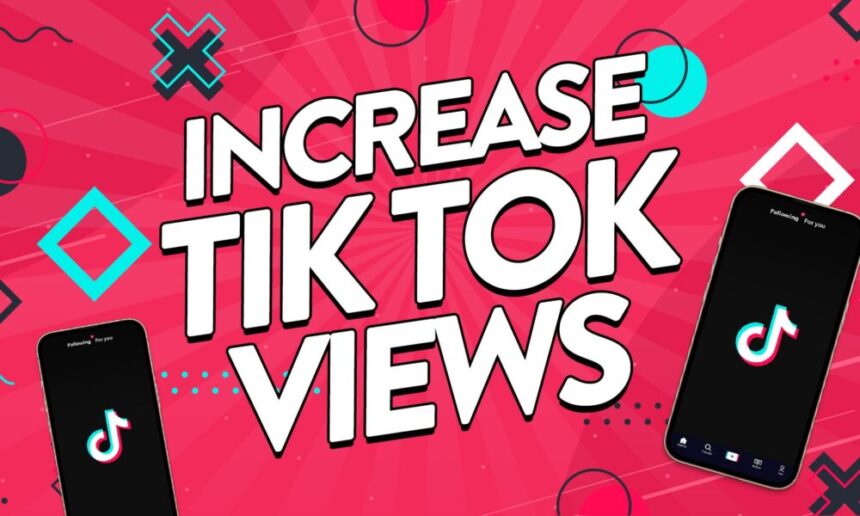Retaining clients and guaranteeing their satisfaction is paramount for long-term success and development. Buyer success automation provides companies the chance to streamline processes, enhance effectivity, and ship distinctive experiences to their clients at scale.
By leveraging automation instruments and applied sciences, companies can proactively have interaction with clients, anticipate their wants, and drive worth all through the shopper lifecycle. This text explores how companies can implement buyer success automation to boost buyer satisfaction, loyalty, and retention.
1. Perceive Your Clients
Step one in implementing buyer success automation is to achieve a deep understanding of your clients, their wants, preferences, and ache factors. Make the most of buyer information and analytics to section your buyer base and determine patterns, traits, and alternatives for engagement.
By understanding your clients’ behaviors and motivations, you’ll be able to tailor your automation methods to ship customized and related experiences that resonate along with your audience.
2. Outline Clear Goals and Objectives
Earlier than implementing buyer success automation, it’s important to outline clear goals and objectives that align with what you are promoting priorities and buyer wants.
Decide what outcomes you need to obtain by means of automation, whether or not it’s growing buyer satisfaction, lowering churn, driving upsell and cross-sell alternatives, or enhancing operational effectivity. Set up key efficiency indicators (KPIs) and metrics to measure the success of your automation initiatives and monitor progress over time.
3. Choose the Proper Automation Instruments
Selecting the best automation instruments is vital for the success of your buyer success initiatives. Search for automation platforms and software program options that supply sturdy options and performance tailor-made to your particular wants and necessities. Contemplate components similar to ease of use, scalability, integration capabilities, and pricing when evaluating automation instruments.
Moreover, make sure that the instruments you select align along with your current know-how stack and might seamlessly combine along with your CRM, advertising automation, and different programs.
4. Automate Routine Duties and Processes
Figuring out routine duties and processes that may be automated is vital to streamlining operations and optimizing productiveness. Listed below are some frequent examples:
Buyer Onboarding: Automate the method of onboarding new clients by utilizing software program to gather obligatory info, ship welcome emails, and supply entry to related assets or providers.
Account Administration: Implement automation instruments to handle buyer accounts, together with updating account info, processing funds, and sending invoices or receipts.
E-mail Campaigns: Use e mail advertising automation platforms to create and schedule e mail campaigns, section subscribers based mostly on their pursuits or behaviors, and monitor marketing campaign efficiency metrics.
Help Ticket Routing: Make the most of assist desk software program with automated ticketing programs to categorize and route buyer assist tickets to the suitable groups or brokers based mostly on predefined standards or key phrases.
Knowledge Entry and Processing: Automate information entry duties similar to inputting info from types or paperwork into databases or spreadsheets utilizing robotic course of automation (RPA) software program.
Appointment Scheduling: Implement appointment scheduling software program that enables clients to ebook appointments on-line and robotically syncs along with your workforce’s calendars to keep away from double bookings and scheduling conflicts.
Stock Administration: Use stock administration software program to automate duties similar to inventory replenishment, order monitoring, and producing buy orders based mostly on predefined stock ranges or reorder factors.
5. Implement Proactive Engagement Methods
Proactive engagement is vital to constructing robust relationships along with your clients and anticipating their wants earlier than they come up. Implement automation methods that allow you to succeed in out to clients at key contact factors all through their journey, similar to welcome emails, milestone notifications, and renewal reminders.
Leverage data-driven insights to personalize your communications and supply related suggestions, promotions, or assets based mostly on every buyer’s distinctive preferences and conduct.
6. Foster Buyer Advocacy and Loyalty
Buyer success automation may also assist companies foster advocacy and loyalty amongst their buyer base. Implement methods to determine and nurture advocates who’re prepared to advertise your model and share their constructive experiences with others.
Use automation to solicit suggestions, evaluations, and testimonials from glad clients and incentivize them to take part in referral applications or loyalty rewards initiatives. By empowering your clients to turn into model ambassadors, you’ll be able to amplify your advertising efforts and appeal to new clients by means of word-of-mouth suggestions.
7. Monitor and Measure Efficiency
Steady monitoring and measurement are important for optimizing your buyer success automation efforts and driving ongoing enchancment. Commonly assessment efficiency metrics and KPIs to evaluate the effectiveness of your automation methods and determine areas for optimization or refinement.
Use A/B testing and experimentation to check completely different approaches and decide what resonates most along with your clients. By iterating and adapting your automation initiatives based mostly on real-time information and suggestions, you’ll be able to make sure that your efforts stay aligned with what you are promoting goals and buyer expectations.
8. Present Ongoing Coaching and Help
Lastly, put money into ongoing coaching and assist to make sure that your workforce is supplied with the data and expertise wanted to successfully leverage buyer success automation instruments and applied sciences.
Supply coaching applications, workshops, and assets to coach workers on greatest practices, use instances, and new options or updates. Moreover, present ongoing assist and steerage to handle any challenges or questions that come up and make sure that your workforce feels empowered and assured of their capacity to leverage automation to drive buyer success.
Implement Buyer Success Automation
Implementing buyer success automation provides companies a robust alternative to boost buyer satisfaction, loyalty, and retention.
By understanding your clients, defining clear goals and objectives, deciding on the best automation instruments, automating routine duties and processes, implementing proactive engagement methods, fostering buyer advocacy and loyalty, monitoring and measuring efficiency, and offering ongoing coaching and assist, companies can streamline operations, enhance effectivity, and ship distinctive experiences to their clients at scale.









